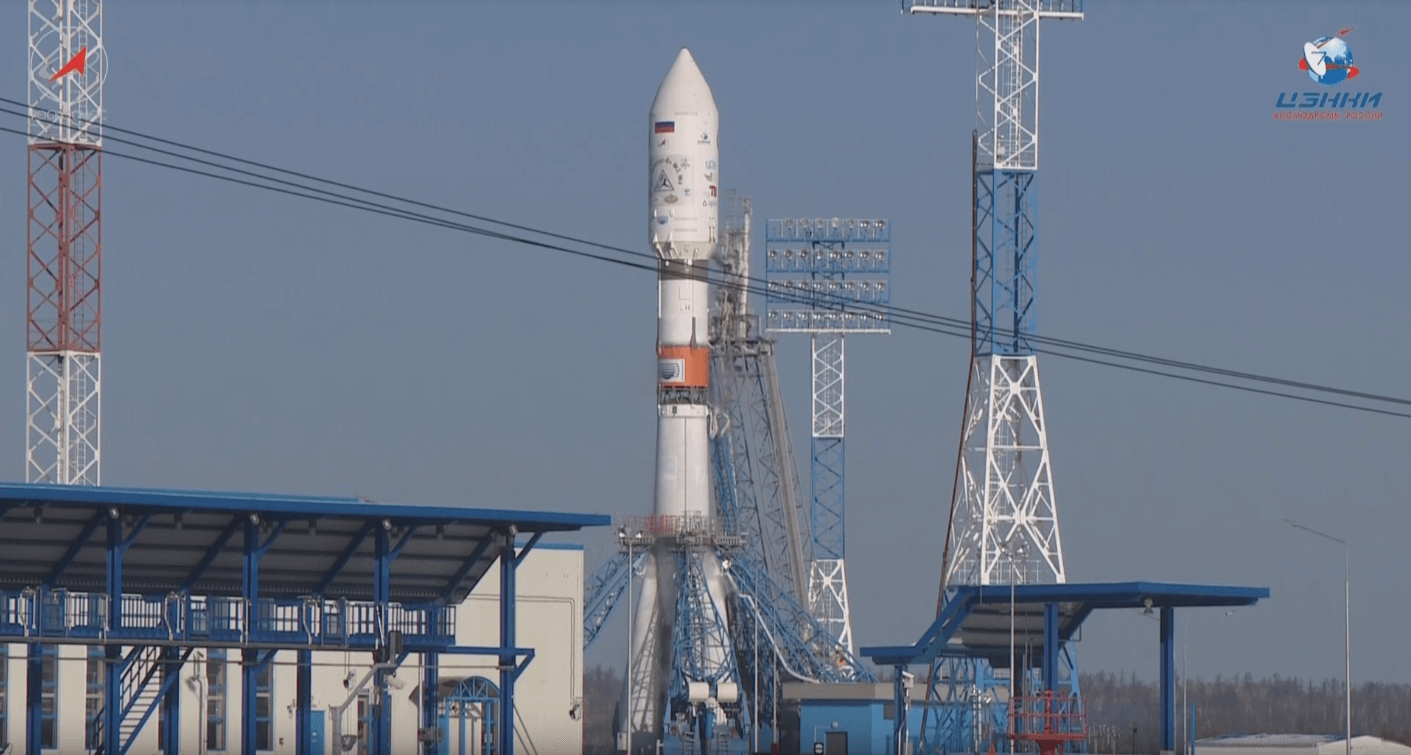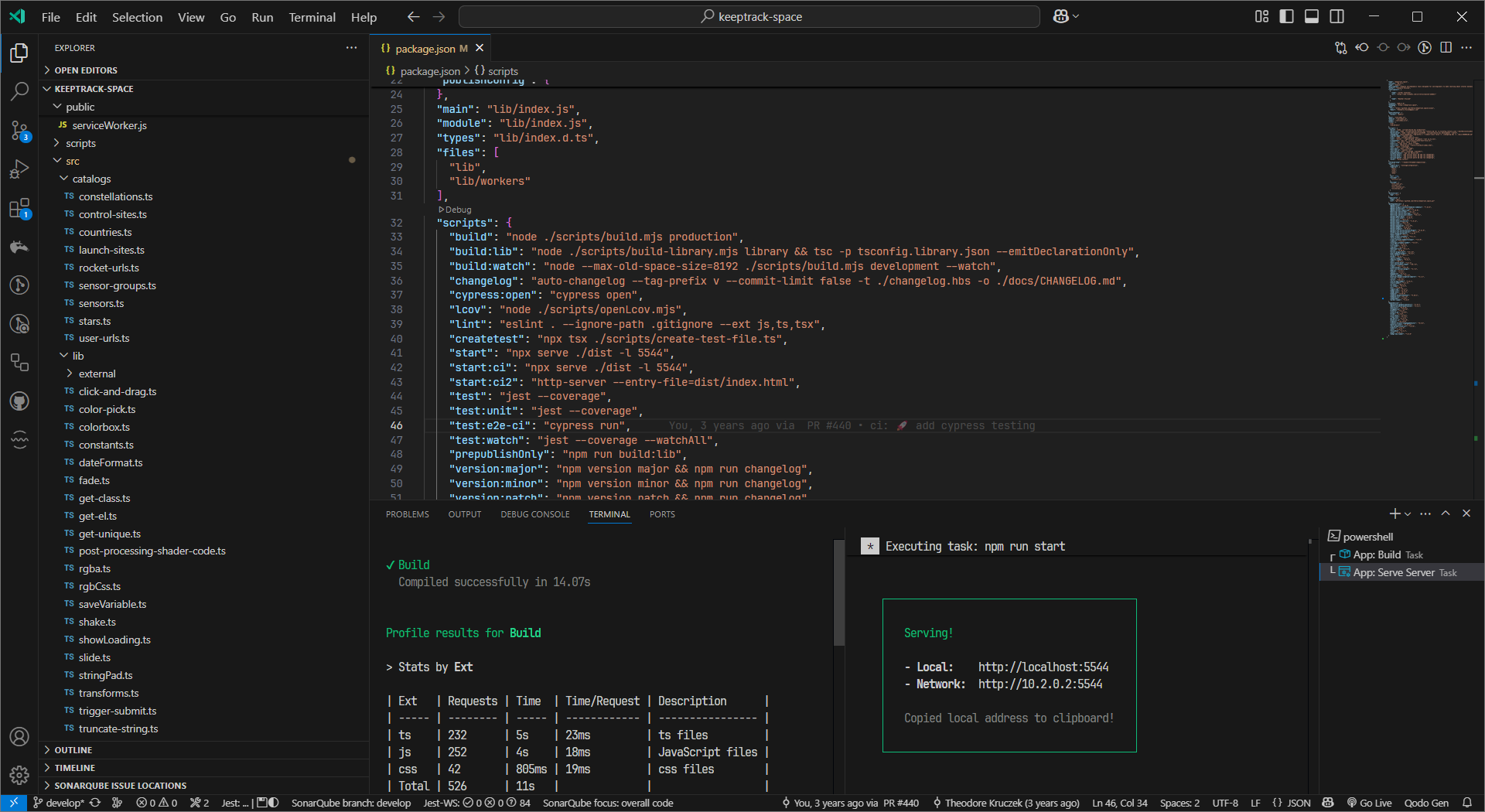· space brief · 5 min read
Space Brief 25 Mar 2025
Today's brief covers SpaceX's launch of a secret US spy satellite, national security satellite launches, and Japan's missile ambitions. Also highlighted are Estonia's AI defense upgrades and autonomous airpower in Australia.

📄Top Stories
SpaceX marked its 19th anniversary by launching a secret spy satellite for the US government, aligning with multiple national security launches. Meanwhile, Japan faces hurdles with its missile plans, with significant international implications. In military advancements, Estonia and Australia are prioritizing AI and autonomous systems, respectively, showcasing global shifts towards technology-driven defense strategies.
📰Detailed Coverage
SpaceX Launches Secret Spy Satellite on 19th Anniversary
On March 24, SpaceX launched a classified U.S. spy satellite, marking its third mission of the year for the National Reconnaissance Office (NRO). The launch coincided with the 19th anniversary of SpaceX’s first-ever liftoff, highlighting the company’s ongoing role in national security and its contribution to the aerospace sector.
This launch, part of a series of national security missions, underscores the critical partnership between SpaceX and government agencies, exemplifying modern space collaboration. The payload’s specifics remain confidential, reflecting the clandestine nature of such endeavors. Satellite tracking enthusiasts can use our web app to follow similar missions and gain insights into satellite orbits.
Read the full story: Space.com
National Security Satellite Released by SpaceX
SpaceX successfully launched the NROL-69 mission for the National Reconnaissance Office from Cape Canaveral, utilizing a Falcon 9 rocket. This mission represents the fifth NRO-associated launch of 2025 and demonstrates the importance of rapid, reliable access to space for intelligence purposes.
Liftoff occurred at 1:48 p.m. EDT, with the satellite intended to bolster the nation’s security through enhanced reconnaissance capabilities. These efforts exemplify the strategic priorities of the NRO, continuously deploying cutting-edge technology to support intelligence functions.
Read the full story: Spaceflight Now
Japan’s Missile Ambitions and International Dynamics
Japan’s plans to expand its missile capabilities are facing domestic and international hurdles. The United States plays a pivotal role in Tokyo’s defense ambitions, but political and logistical challenges persist, potentially impacting the integration and deployment of these systems.
This development, while focused on terrestrial defense, indirectly influences satellite tracking and space-based surveillance, as missile tests often require careful monitoring of nearby space assets to prevent conflicts or disruptions in orbital operations.
Read the full story: Breaking Defense
Estonia Invests in Military AI for Strategic Edge
Estonia is making significant investments in artificial intelligence to enhance its defense capabilities, focusing on upgrading its military’s “digital infrastructure.” This initiative aims to improve interoperability with NATO allies and ensure Estonia remains at the forefront of technological defense strategies.
This move highlights the global shift towards integrating advanced technologies within military operations, emphasizing the importance of AI in modern defense. The strategy could influence future satellite tracking systems through improved data processing and analytics.
Read the full story: Breaking Defense
Australia Advances Autonomous Airpower with CCA
The Royal Australian Air Force is pioneering the development of Collaborative Combat Aircraft (CCA), including the highly autonomous YFQ-42A. These aircraft are designed to operate independently or in coordination with other military assets, underscoring a move towards unmanned systems in warfare.
Such advances spotlight the integration of autonomous technology in national defense strategies, impacting space and satellite communications crucial for operational coordination and control of uncrewed air systems.
Read the full story: Breaking Defense
🛰️Satellite Spotlight
- Satellite Name: Checkmate 3
- NORAD ID: 56169
- Launch Date: 2023 Apr 2
- Mission: Part of the SDA-0A TPL mission, serving strategic defense communication functions
- Orbit: Inclination 81.0029°, Period approximately 104.15 min, Eccentricity 0.0007932
- Operator: Space Development Agency (SDA)
- Fun Fact: Checkmate 3 is part of a constellation enhancing global communications and surveillance capabilities for defense purposes.
Current TLE Data:
1 56169U 23050H 25083.86329266 .00000216 00000+0 18069-3 0 9992
2 56169 81.0029 142.4257 0007932 87.2192 272.9872 13.85082742 99919Track this satellite in real-time on our web app: Track Checkmate 3
🚀Upcoming Space Launches
March 26
-
Isar Aerospace Spectrum:
- Maiden Flight from Andøya Spaceport (11:30 UTC)
- First flight of the Isar Spectrum launch vehicle.
-
Firefly Aerospace Firefly Alpha:
- FLTA006 (Message in a Booster) from Vandenberg SFB, CA, USA (13:37 UTC)
- Sixth flight of the Firefly Alpha small satellite launcher, launching the demonstration mission for Lockheed Martin’s new LM400 satellite bus.
-
Rocket Lab Electron:
- Finding Hot Wildfires Near You (OroraTech OTC-P1) from Rocket Lab Launch Complex 1, Mahia Peninsula, New Zealand (15:30 UTC)
- 8 satellites for a constellation designed for global wildfire monitoring.
-
China Aerospace Science and Technology Corporation Long March 3B/E:
- Unknown Payload from Xichang Satellite Launch Center, People’s Republic of China (15:45 UTC)
- Details TBD.
-
SpaceX Falcon 9 Block 5:
- Starlink Group 11-7 from Vandenberg SFB, CA, USA (22:00 UTC)
- A batch of satellites for the Starlink mega-constellation for space-based Internet communication.
March 30
- SpaceX Falcon 9 Block 5:
- Starlink Group 6-80 from Cape Canaveral SFS, FL, USA (19:16 UTC)
- A batch of satellites for the Starlink mega-constellation for space-based Internet communication.
March 31
-
Gilmour Space Technologies Eris-1:
- Maiden Flight from Bowen Orbital Spaceport (00:00 UTC)
- Maiden flight of Gilmour Space’s orbital launch vehicle Eris.
-
United Launch Alliance Atlas V 551:
- Project Kuiper (Atlas V #2) from Cape Canaveral SFS, FL, USA (00:00 UTC)
- Project Kuiper, a mega constellation for broadband internet by Kuiper Systems LLC, a subsidiary of Amazon.
-
Rocket Lab HASTE:
- DART AE from Wallops Flight Facility, Virginia, USA (00:00 UTC)
- Payload is a scramjet-powered hypersonic vehicle developed by Australian company Hypersonix.
Note: Launch dates and times are subject to change due to technical or weather considerations.

Maurice Stellarski




